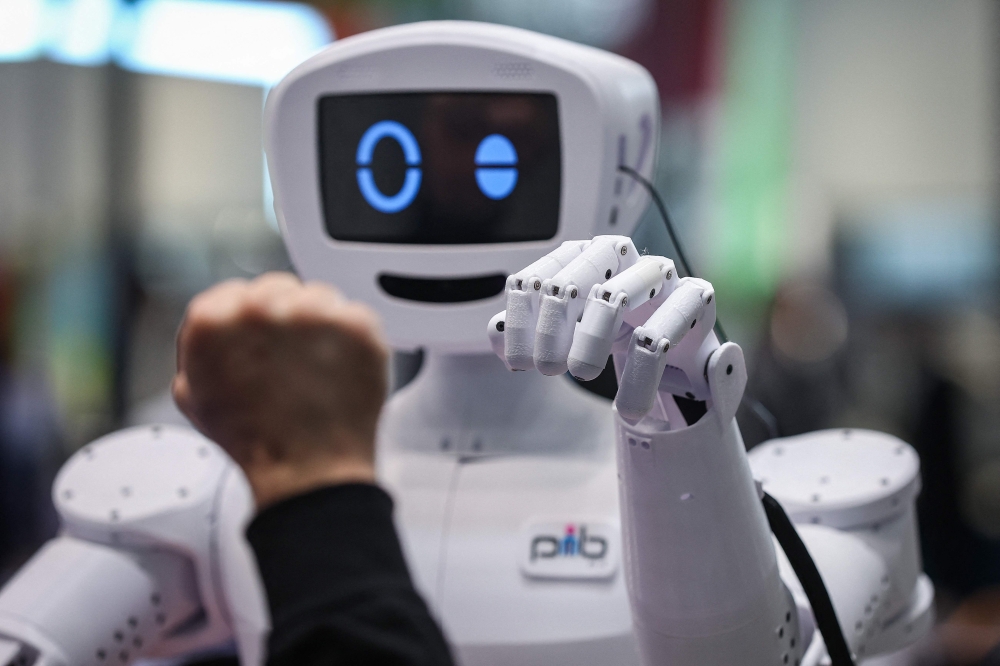NEW YORK, July 10 — A robot has performed realistic surgery on its own with 100 per cent accuracy, PA Media/dpa reported.
Researchers at Johns Hopkins University in the United States (US) said in a “major leap” towards using more robots in operating theatres, a machine trained on the videos of surgeries was able to precisely work on removing a gallbladder.
The robot operated with the expertise of a skilled human surgeon, according to the researchers, even during unexpected scenarios typical in real-life medical emergencies.
The robot was watched as it performed a lengthy phase of a gallbladder removal on a life-like patient.
It was able to respond to and learn from voice commands from the team, just like a novice surgeon working with a mentor.
Overall, there were 17 tasks in the surgery. The robot had to identify certain ducts and arteries and grab them precisely, strategically place clips, and sever parts with scissors.
It was also able to adapt even when dye was introduced, which changed the appearance of the organs and tissue.
Associate professor in mechanical engineering Axel Krieger said the advancement signifies a move from robots that can execute specific surgical tasks to robots that truly understand surgical procedures.
“This is a critical distinction that brings us significantly closer to clinically viable autonomous surgical systems that can work in the messy, unpredictable reality of actual patient care.”
The work received US government funding and was published in the journal Science Robotics.
Back in 2022, a robot performed the first autonomous robotic surgery on a pig.
However, it required specially marked tissue, operated in a highly controlled environment, and followed a rigid, pre-determined surgical plan.
Krieger said that phase was like teaching a robot to drive along a carefully mapped route.
But the new system was “like teaching a robot to navigate any road, in any condition, responding intelligently to whatever it encounters.”
“To me, it really shows that it’s possible to perform complex surgical procedures autonomously,” he said.
The new system, which uses the same machine learning architecture that powers ChatGPT, also adapts to a patient’s anatomical features in real-time and works to correct itself.
It can respond to spoken commands such as “grab the gallbladder head” or “move the left arm a bit to the left,” and then learns from that feedback.
Ji Woong Kim, a former postdoctoral researcher at Johns Hopkins who is now at Stanford University, said this work represents a major leap from prior efforts because it tackles some of the fundamental barriers to deploying autonomous surgical robots in the real world.
“Our work shows that AI models can be made reliable enough for surgical autonomy – something that once felt far-off but is now demonstrably viable,” said Kim.
Although the robot took longer to perform the work than a human surgeon, the results were comparable to an expert surgeon, researchers said.
Next, the team will train and test the system on more types of surgeries. — Bernama-PA Media/dpa


